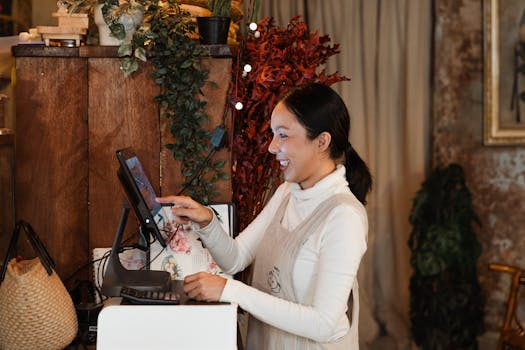How Retailers Are Using Gamification to Engage Shoppers
In today’s competitive retail landscape, it’s no longer enough for retailers to simply sell products. With the rise of e-commerce, brick-and-mortar stores are facing increased pressure to provide a unique and engaging shopping experience for their customers. In response to this demand, many retailers are turning to gamification as a way to engage shoppers and increase customer loyalty.
The Power of Gamification
Gamification is the process of incorporating game elements into non-game contexts, such as retail. By adding elements like challenges, rewards, and competition, gamification can make mundane tasks more enjoyable and encourage active participation. With its ability to tap into people’s natural desire for competition and achievement, it’s no wonder that it has become a popular strategy for retailers.
Creating Interactive In-Store Experiences
Gamification has revolutionized the in-store shopping experience for many retailers. For example, cosmetics giant Sephora has introduced the “Beauty Insider” program, where customers can earn points each time they make a purchase. These points can then be redeemed for rewards, such as free products or exclusive event invitations. This not only encourages customers to make more purchases but also creates a sense of exclusivity and loyalty to the brand.
Another example is international fashion retailer H&M, which introduced a “Fashion Photo Hunt” game in their stores. Customers are encouraged to search for hidden images within the store and take pictures of them to win discounts and other prizes. This not only creates a fun and interactive experience but also promotes brand awareness on social media platforms.
Making Online Shopping More Personalized
As more and more customers turn to online shopping, retailers are looking for ways to create a more personalized experience for their customers. This is where gamification comes in. By integrating game elements into their online platforms, such as virtual rewards and personalized challenges, retailers are able to engage customers and keep them coming back for more.
One great example is Nike’s running app, which allows users to track their runs and earn virtual trophies and rewards as they achieve their fitness goals. This not only motivates customers to stay active but also promotes brand loyalty and encourages them to shop for Nike products.
The Impact on Retail
The introduction of gamification in the retail industry has had a significant impact on both customers and retailers. For customers, it enhances the shopping experience and makes it more fun and engaging. By creating a sense of competition and offering rewards, gamification also encourages customers to stay loyal to a particular brand.
For retailers, gamification can provide valuable insights into consumer behavior. By tracking and analyzing customer participation and engagement, they can gain a better understanding of their target audience and make more informed marketing and sales decisions.
The Future of Gamification in Retail
As technology continues to advance, so too will the possibilities for gamification in the retail industry. Virtual and augmented reality are already being used to enhance the shopping experience, and it’s likely that we will see more innovative and creative ways of using these technologies in the future.
In conclusion, gamification has proven to be a powerful tool for retailers in engaging and retaining customers. By creating interactive and personalized experiences, retailers are able to stay ahead in today’s competitive market and provide a shopping experience that goes beyond just selling products. As the retail landscape continues to evolve, it’s safe to say that gamification will continue to play a major role in shaping the future of the industry.








